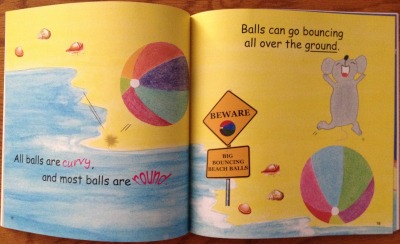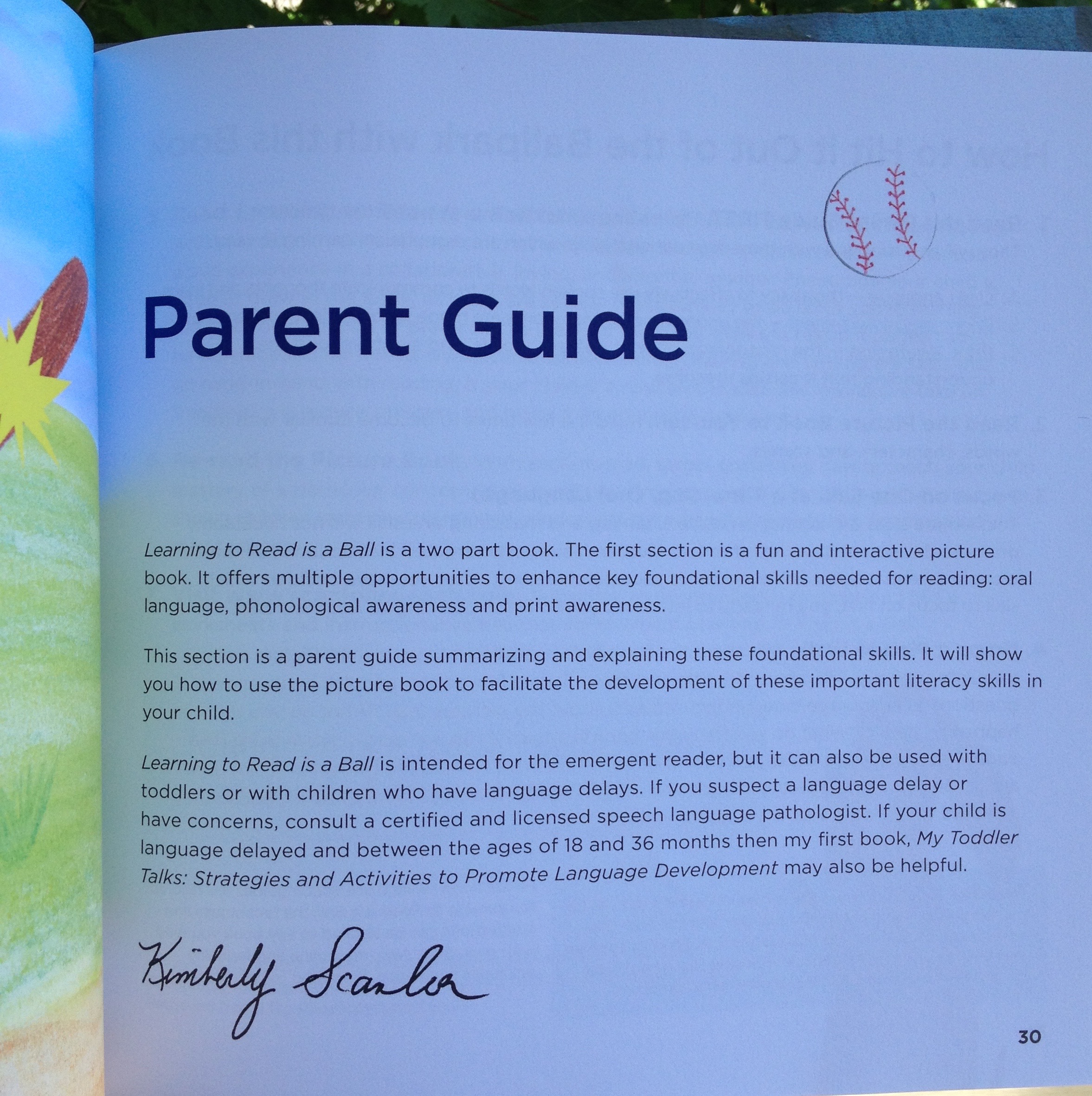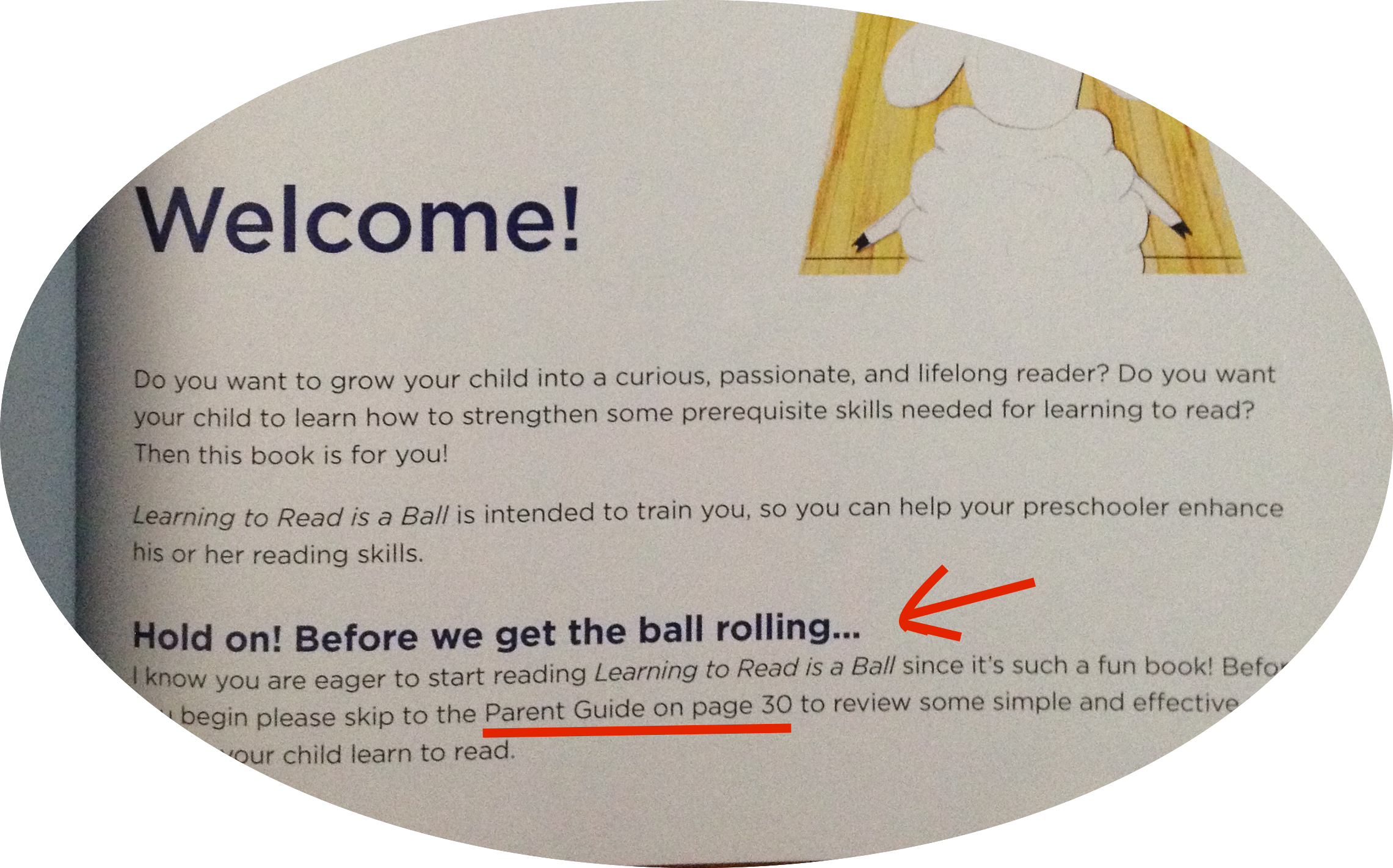Learning to Read is a Ball [a book review]
In March, I attended a webinar presented by Dr. Shari Robertson, PhD, CCC-SLP. Early in the webinar, Dr. Robertson made a simple but powerful statement: we are good at telling parents about the need to read to their children (the why), but we never tell them what or how to read to children. Oh. My. Goodness! As Oprah would say, huge 'ah-ha!' moment! For some adults, reading to and with young children comes naturally. But for many, direct instruction and coaching on what and how is needed to help them feel comfortable, confident and effective reading to their child.
Fast forward to May. I saw this review (and giveaway!) from Smart Speech Therapy LLC for a new book by speech-language pathologist Kimberly Scanlon [affiliate link]:
As I read the review, I got that same excited feeling from two months earlier. In Learning to Read is a Ball, Kimberly targeted exactly what Dr. Robertson presented about in her webinar! I wanted this book. I entered the giveaway and ended up winning a copy! (Thank you Kim and Tatyana!)
Learning to Read is a Ball is part children's book, part parent guide. An example of what to read, with a guide on how to read it! The interactive picture book part was written for emergent readers (preschool-early elementary), but was written in such a way that it is also useful with toddlers (for emerging language) and with children who have language delays.

Join the dog (Spot), mouse and sheep in this rhyming book about...BALLS! The illustrations are adorable and clean (not too visually overwhelming or distracting) without being "too cute" for older children. Each two-page spread uses text and print in fun and meaningful ways. And many pages contain little gems to find that add to the interactive experience. There are so many ways this interactive book can be used!

What really makes this book special, though, is the Parent Guide. Before reading this picture book with your child, you are going to want to flip to the back of the book and first read the 15-page Parent Guide.

In the Parent Guide, Kimberly briefly explains the key foundational skills needed for reading and gives suggestions on how to use picture books (Learning to Read is a Ball as well as others) to facilitate the development of these skills in your child.

Kimberly includes three Action Guides in addition to basic tips on how to read picture books with young children. The action guides cover three essential areas of emerging literacy development:
- oral language
- phonological awareness
- print awareness
By going to her website and subscribing to her newsletter, you will also get access to her companion "Early Literacy Learning Kit" download. She also has instructional videos that complement this book/parent guide. The information Kimberly provides is research-based and presented in a quick, easy to read and understand way. Even if you are confident and happy with how you currently read with your child, you are sure to pick up a tidbit or two to enhance or spice up your reading experience! And you get a cute picture/emergent reader book in the deal!
This book would be great for parents/caregivers, daycare providers, early childhood educators, speech-language pathologists and other related professionals. This would be an excellent resource for Birth to Three/Early Intervention providers to share with the families they serve. It would also be a thoughtful gift for any new parent. I am excited to have a copy in my office library that I can now share with parents. If you have a young child or emergent reader, I highly recommend it!
Disclosure: I won a copy of this book from the author through a giveaway via Smart Speech Therapy LLC. I received no compensation for this post. The opinions are all mine.
This post contains affiliate links for your convenience.
You may also like this post:
 Sunday, June 7, 2015 at 2:36PM
Sunday, June 7, 2015 at 2:36PM  Post a Comment →
Post a Comment →  book review,
book review,  language,
language,  literacy | in
literacy | in  Child Development,
Child Development,  Language
Language 
Reader Comments